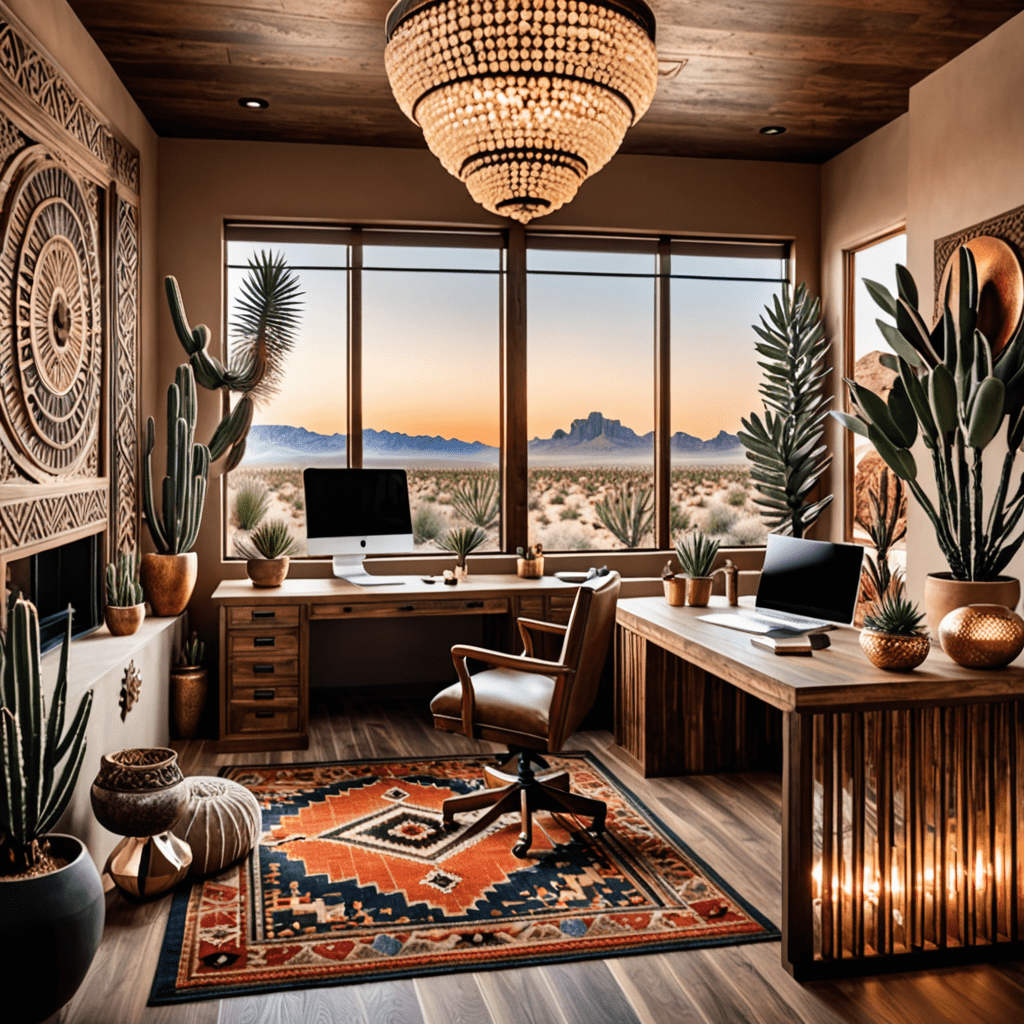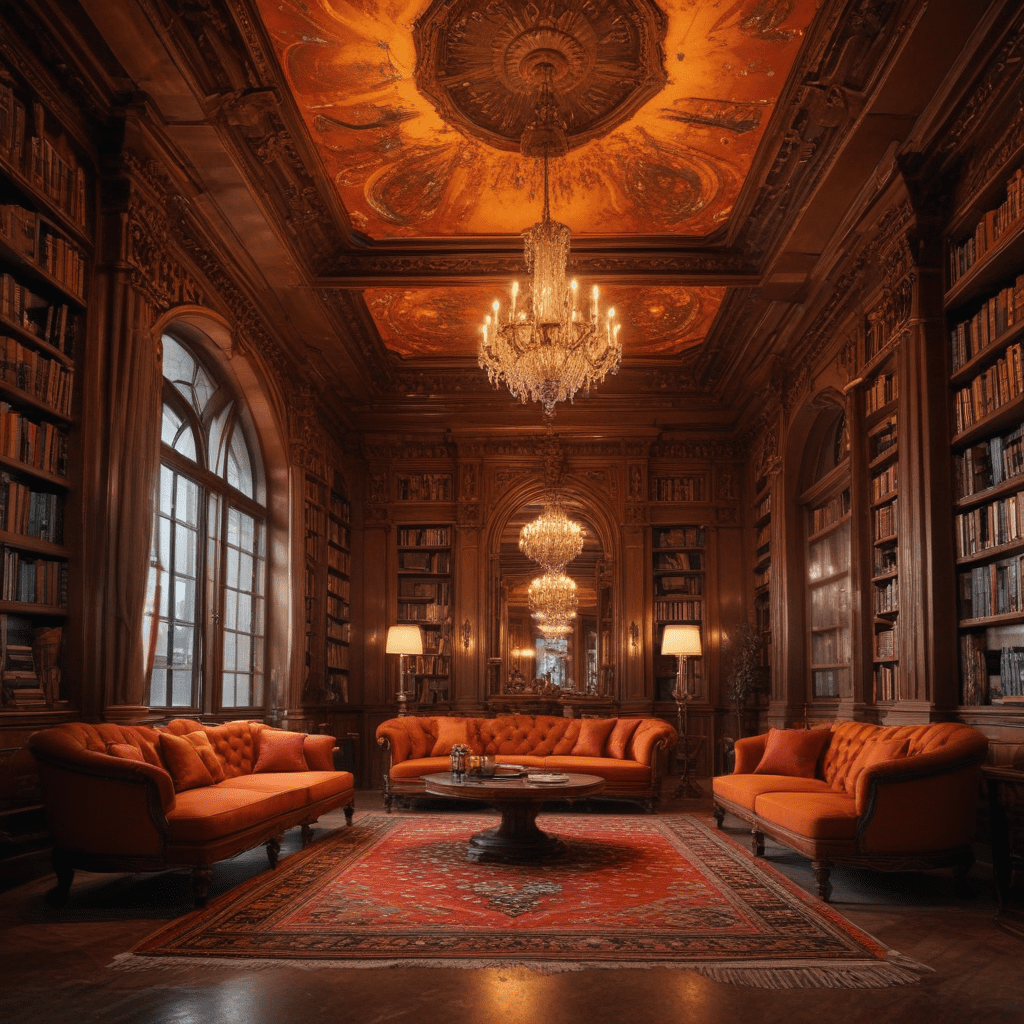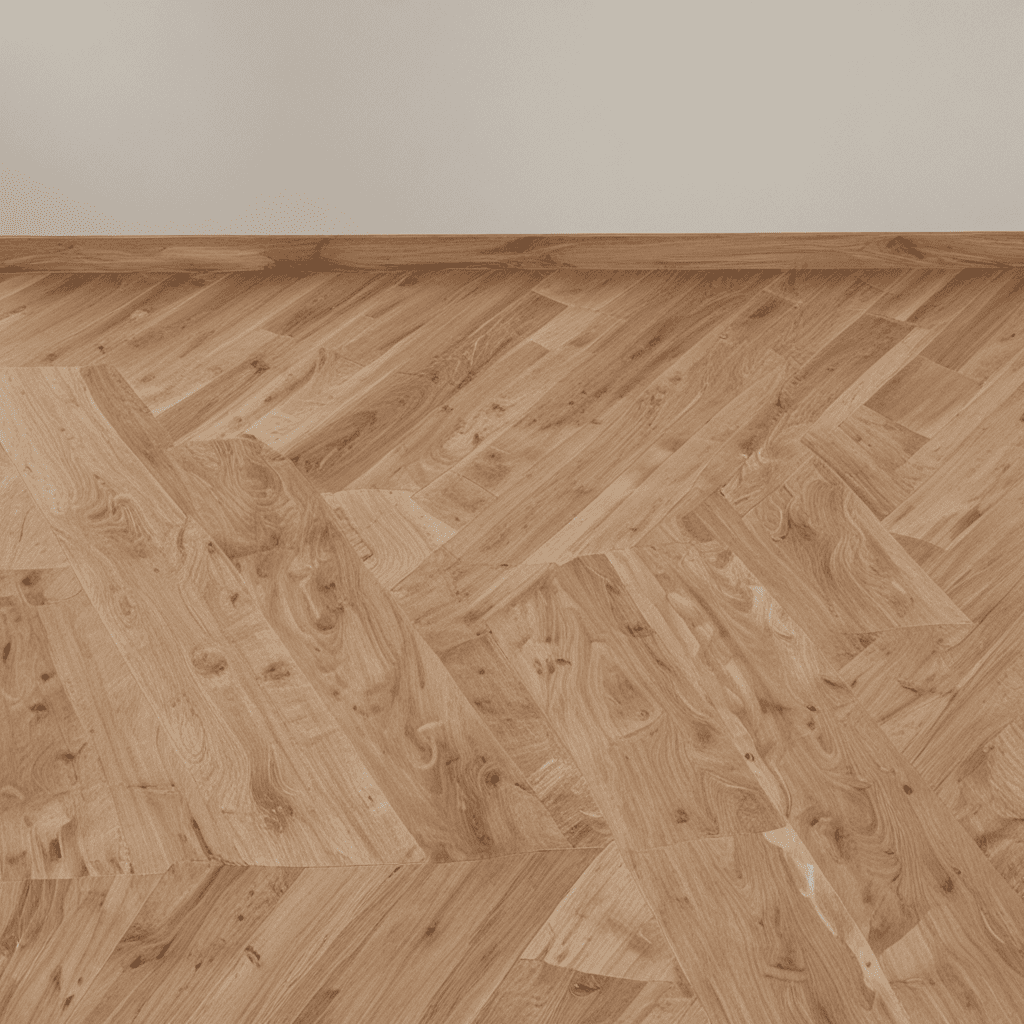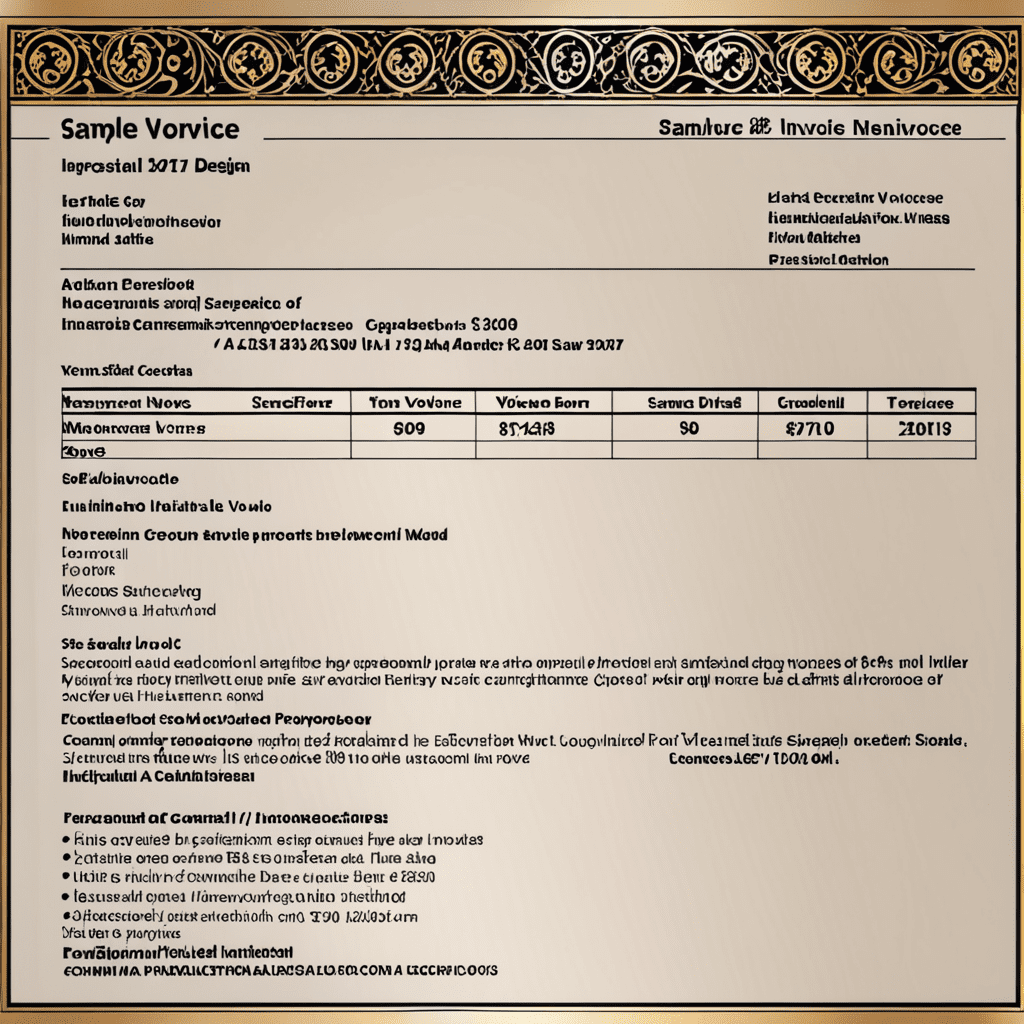How to Use Scale in Interior Design
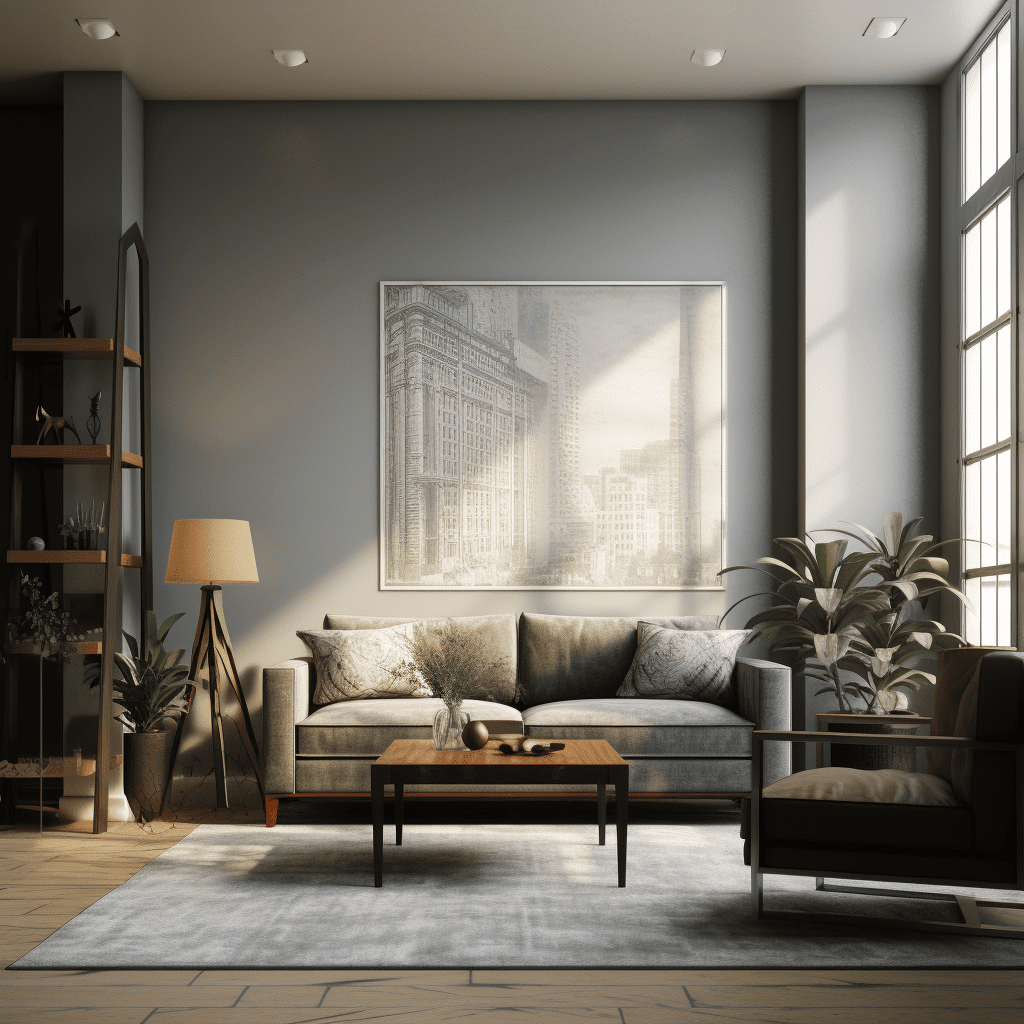

Scale in Interior Design: Creating Balance and Harmony
As an essential element of interior design, scale plays a crucial role in creating a balanced and harmonious space. Scale refers to the relative size of objects and elements within a room, including furniture, lighting fixtures, accessories, and architectural details. By understanding and applying the principles of scale, designers can transform a room into a visually appealing and functional space. In this article, we will explore the concept of scale in interior design and provide valuable insights on how to achieve a well-scaled space that evokes a sense of cohesion and aesthetic appeal.
The Importance of Scale in Interior Design
Scale is a fundamental principle in interior design that affects the overall look and feel of a room. Properly scaled elements can create a sense of harmony, while the incorrect scale can disrupt the visual balance and make a room appear disjointed. Every object or piece of furniture in a room has its own scale, and finding the right balance between these elements is essential to achieving a harmonious design. By understanding and applying the principles of scale, designers can enhance the functionality, aesthetics, and overall experience of a space.
Achieving Proper Scale through Proportion
Proportion refers to how the size of one object relates to the size of other objects within a space. It involves determining the appropriate size and scale of furniture, accessories, and architectural features to create a visually pleasing composition. One common technique to achieve proper scale through proportion is the rule of thirds. This rule suggests dividing a space into three horizontal and vertical sections and placing key elements within these divisions. By following this guideline, designers can create a well-balanced composition that draws the eyes and creates visual interest.
Balancing Scale with Contrast
Contrast is another vital tool in achieving balance and harmony in interior design. It creates visual interest by juxtaposing elements of different scales, shapes, textures, and colors. By incorporating contrasting elements, designers can add depth and dimension to a space while drawing attention to specific objects or architectural details. For instance, a room with large furniture pieces can be balanced with smaller accessories or delicate decorative elements. By carefully selecting contrasting elements, designers can create a dynamic composition that engages the senses and adds visual appeal.
Harmonizing Scale through Rhythm
Rhythm refers to the repetition or variation of elements within a space. By incorporating rhythmic patterns, designers can create a sense of movement and flow, enhancing the visual experience of a room. In terms of scale, rhythm can be achieved by repeating objects of the same size or shape throughout a space. For example, a row of evenly-sized pendant lights can create a rhythmic pattern and add visual interest to a kitchen island or dining table. Additionally, designers can introduce variations in scale to break the rhythm and add a touch of uniqueness and individuality to the space.
The Impact of Scale in Different Room Types
Understanding scale is particularly important when designing different types of rooms. The scale requirements may vary depending on the purpose and function of the room. For instance, a living room often demands larger furniture pieces and decorative elements to accommodate social activities and provide comfort. On the other hand, smaller scale furniture and accessories may be more suitable for bedrooms or home offices to create a cozy and intimate atmosphere. By considering the intended function of a room, designers can make informed decisions regarding scale and create spaces that are both visually appealing and functional.
FAQ
1. How can I determine the appropriate scale for furniture in my space?
When selecting furniture, consider the size of the room and the other elements within it. Measure the dimensions of the space and create a floor plan to visualize how the furniture will fit. Additionally, consider the function of the room and how you plan to use it. For example, larger sofas and sectionals may be suitable for a spacious living room, while smaller chairs or loveseats may be more appropriate for a cozy reading nook.
2. Can I mix different scales and styles in my interior design?
Yes! Mixing different scales and styles can add interest and create a layered and curated look. However, it’s important to maintain a sense of balance and cohesion. Consider the overall aesthetic you want to achieve and ensure that the different scales and styles complement each other. For example, a large statement piece can be balanced with smaller, coordinating elements to create a cohesive design.
3. How can I use scale to make a small room appear larger?
In a small room, it’s crucial to consider the scale of the furniture and accessories to create the illusion of space. Opt for furniture with a smaller footprint and avoid bulky pieces that can overwhelm the room. Additionally, choose lighter-colored furniture and use mirrors strategically to reflect light and create a sense of openness. Clever storage solutions can also help maximize space and keep the room organized and clutter-free.
4. Are there any rules to follow when it comes to scale in interior design?
While there are general guidelines to consider, there are no strict rules when it comes to scale in interior design. Ultimately, the right scale is subjective and depends on individual preferences and the specific space. However, understanding the principles of proportion, contrast, and rhythm can help guide design decisions and create a visually pleasing and balanced composition.
5. Can I hire an interior designer to help with scale and proportion in my space?
Absolutely! Hiring an interior designer can be a beneficial investment, especially if you have specific concerns or need guidance in creating a well-scaled and harmonious space. An experienced designer can assess your needs, preferences, and the unique characteristics of your space to develop a design plan that considers scale, proportion, and other essential design principles.
